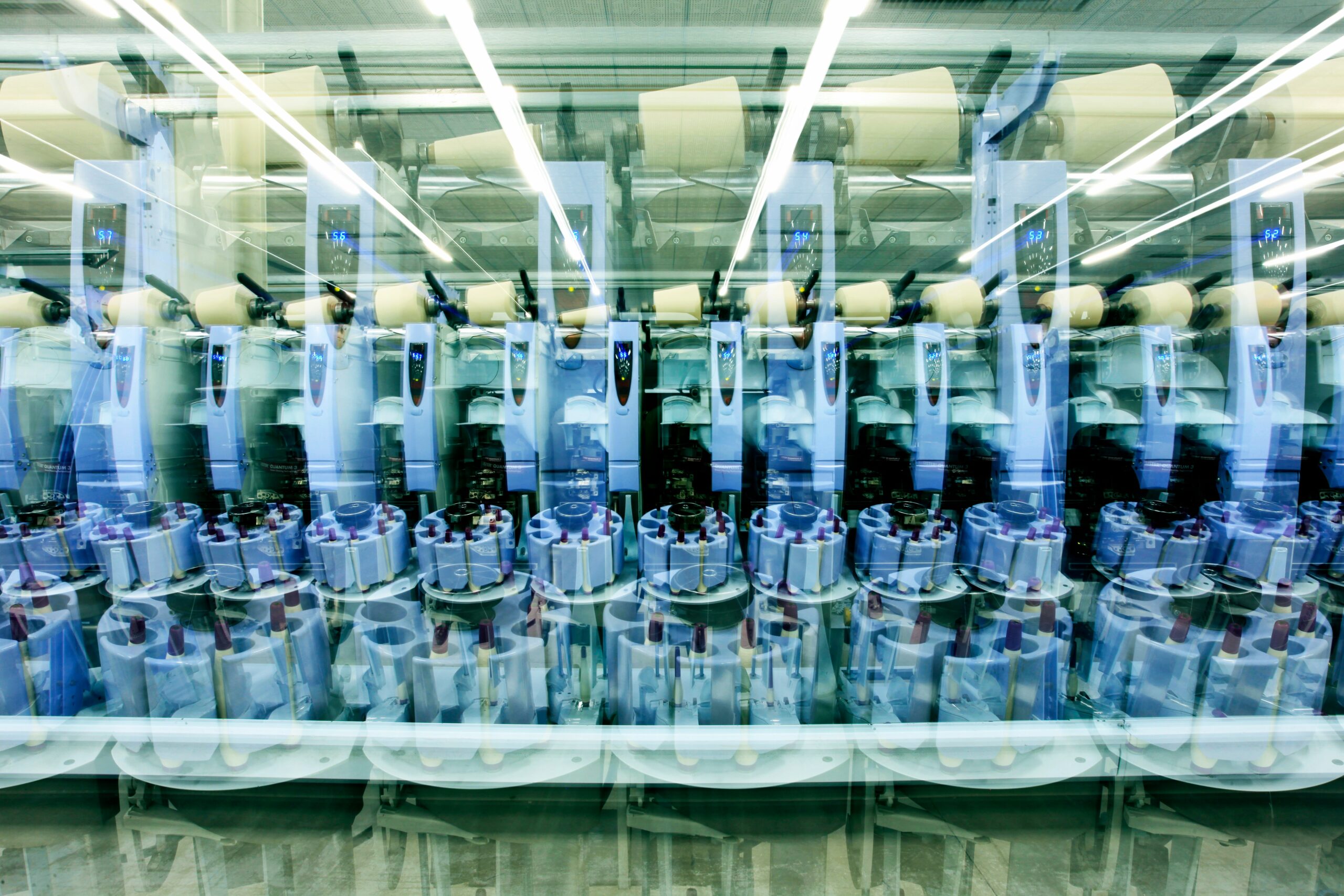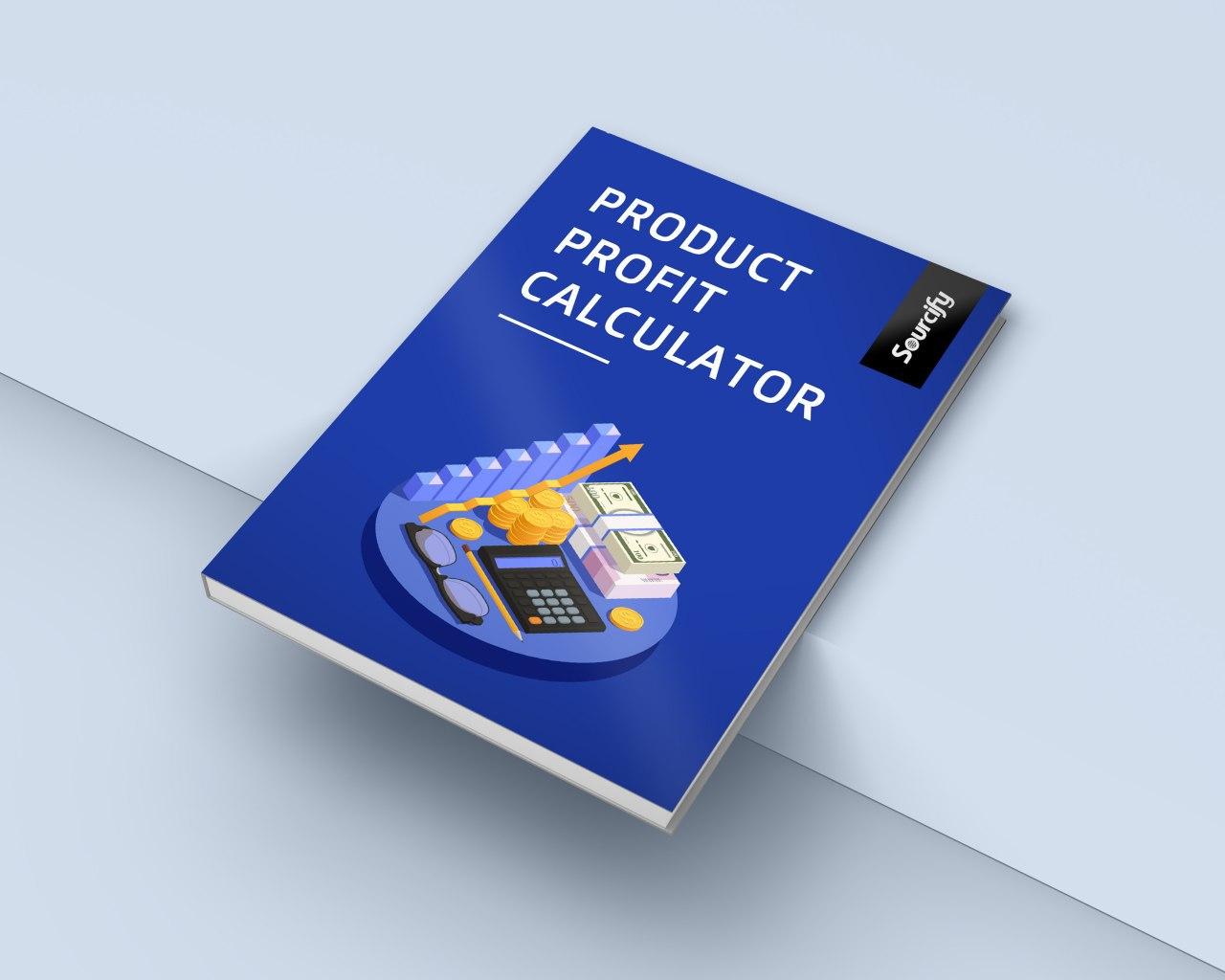Moving a factory is no small feat. Whether you’re relocating for reasons like cost savings, production scalability, or addressing capacity limitations, the process requires careful planning and strategic decision-making. The transition can be complex, involving a host of factors, from logistics to compliance, to maintaining continuity in production. However, with the right approach and attention to detail, a factory move can be efficient and successful.
In this blog, we’ll walk you through the essential components to ensure a seamless factory move, focusing on the importance of clear documentation, accurate forecasting, and effective planning.
1. Start with a Solid Tech Pack
One of the first and most crucial steps in moving your factory is ensuring that all of your products and processes are documented clearly. A tech pack is a comprehensive document that outlines all the technical specifications, designs, materials, processes, and quality standards for your products. It’s an essential tool that will keep your production consistent, whether you’re staying with the same factory or moving to a new one.
- Detailing Product Specifications: Your tech pack should include detailed sketches, measurements, materials, and colors for your products. This ensures that every aspect of your product is clearly understood by the new factory, minimizing the risk of errors during production.
- Process Flows: Include step-by-step production processes in your tech pack to ensure that your supplier follows the correct procedures at every stage. This can help avoid confusion when transitioning operations to a new location.
- Quality Control Requirements: Clearly define the quality standards that your products must meet. This includes testing protocols, materials sourcing guidelines, and acceptable quality levels (AQL). With these details in place, you can ensure that the new factory meets your expectations for quality.
- Packaging and Labeling: If packaging or labeling is part of the process, make sure it’s clearly outlined in the tech pack as well. Consistency in packaging ensures your product looks the same, no matter where it’s being produced.
2. Ensure Accurate Volumes and Forecasts
Having a clear understanding of your volumes and forecasts is critical for any factory move. It’s essential to know how much product you need, how often you need it, and what the potential demands will be over the short and long term. These forecasts will help your new factory scale production accordingly and ensure that there are no disruptions to your supply chain.
- Historical Data: Use historical sales data to predict future demand. This will help ensure that your factory is prepared to handle the right amount of production.
- Sales and Growth Projections: Incorporate any projected growth or seasonality into your forecasts. For example, if you anticipate a surge in sales during the holiday season or due to a product launch, factor this into your volume estimates to avoid any production delays.
- Buffer Stock: It’s wise to create a buffer stock to account for any production delays during the transition. This can ensure that you don’t face stockouts while the new factory gets up and running. Having extra inventory can help bridge any gaps in supply during the move.
- Collaborate with the New Factory: Work closely with your new factory to align on production schedules, volume targets, and timelines. Make sure they have the capacity to handle your orders and any increases in demand.
3. Create a Comprehensive Move Plan
A well-thought-out plan is key to avoiding costly mistakes during your factory relocation. The goal is to minimize downtime and ensure that your production doesn’t miss a beat. The plan should cover everything from equipment and personnel moves to timelines and logistical considerations.
- Timelines and Milestones: Define clear timelines for the move, breaking it into phases with measurable milestones. Set a start date for disassembly and a target date for when the new factory should be fully operational. Ensure you allow enough time for the setup of machinery, hiring or training personnel, and testing equipment.
- Factory Layout and Design: Plan out the layout of your new factory in advance. Consider production workflows, machinery placement, and the efficiency of material handling. A well-thought-out factory layout will minimize waste, reduce downtime, and improve overall productivity once the move is complete.
- Logistics and Transport: Moving machinery, equipment, and inventory requires careful logistical planning. Ensure that the transport routes are well established, that the necessary permits are in place, and that equipment is safely secured during transit.
- Communication Plan: Keep your teams in the loop about every phase of the move. Establish a communication plan to keep everyone aligned—this should include internal teams, external contractors, and your new factory management. This will help ensure that everyone knows what to expect and when.
4. Test and Validate the New Setup
Once the move is complete and production begins in the new factory, it’s crucial to conduct a thorough testing and validation phase to ensure everything works as expected.
- Pilot Runs: Before ramping up full-scale production, conduct pilot runs to ensure that your products meet quality standards, and that the processes are running smoothly. This allows you to catch any issues early on, such as discrepancies in production speed, quality, or material sourcing.
- Quality Assurance: Implement stringent quality checks during the initial stages of production. This will ensure that the new factory is producing the products according to your specifications. If any issues arise, use this as an opportunity to adjust processes or provide additional training.
- Operational Reviews: Regularly review operations during the initial stages in the new factory. Conduct performance assessments to gauge the factory’s efficiency, identify bottlenecks, and make necessary adjustments.
5. Ensure Continuous Improvement
Even after the factory has been fully set up and production is running smoothly, it’s essential to maintain a focus on continuous improvement. An efficient factory is one that evolves and optimizes over time.
- Data Tracking and Analysis: Continuously track production data such as yield rates, throughput, and machine uptime. Analyze this data to uncover inefficiencies or areas for improvement.
- Staff Training and Feedback: Ensure that factory staff receive ongoing training to improve their skills and productivity. Collect feedback from both your team and the factory workers to find opportunities for improvement.
- Supply Chain Optimization: As you settle into the new factory, revisit your supply chain processes to identify areas where you can further optimize. This might include improving material handling, lead times, or inventory management.
Conclusion
A factory move can be a challenging process, but with the right planning and resources in place, it can also be a valuable opportunity to improve production efficiency, reduce costs, and scale your operations. By focusing on key components such as a well-documented tech pack, accurate volume forecasts, and a detailed move plan, you’ll be able to transition your operations to a new location with minimal disruption.
Remember, the success of your factory move doesn’t just depend on the logistics of the move itself—it also hinges on careful planning, strategic forecasting, and continuous improvement once the new factory is operational. With these elements in place, you’ll be poised to make the most of your factory relocation and set the stage for future success.




